Parkinson’s disease affects people in every walk of life, including many well known figures in entertainment, sports, politics, and faith. Their stories show how symptoms can begin subtly and how treatments, therapy, and community support can help people continue to work, compete, perform, and advocate.
This list highlights public figures who have spoken openly about their diagnosis or whose condition was widely documented. You will find details about when they disclosed their diagnosis, the work they continued, and the foundations or awareness efforts they helped create, which can be useful for anyone looking to learn more about Parkinson’s in the real world.
Michael J. Fox
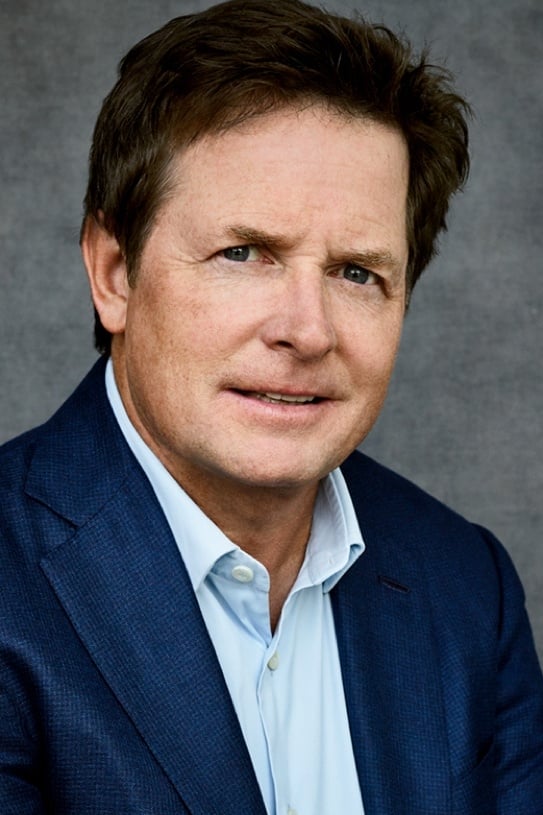 TMDb
TMDbMichael J. Fox was diagnosed with young onset Parkinson’s disease in the early 1990s while still starring in projects after his breakout roles in ‘Back to the Future’ and the TV series ‘Family Ties’. He publicly disclosed his diagnosis in 1998 and later established a major research organization focused on accelerating therapies through large scale studies and data sharing.
He continued acting with roles on ‘Spin City’ and guest arcs on ‘Rescue Me’ and ‘The Good Wife’. His organization funds studies into biomarkers and novel treatments and provides resources that explain symptoms, medication options, and clinical trial participation in practical terms.
Muhammad Ali
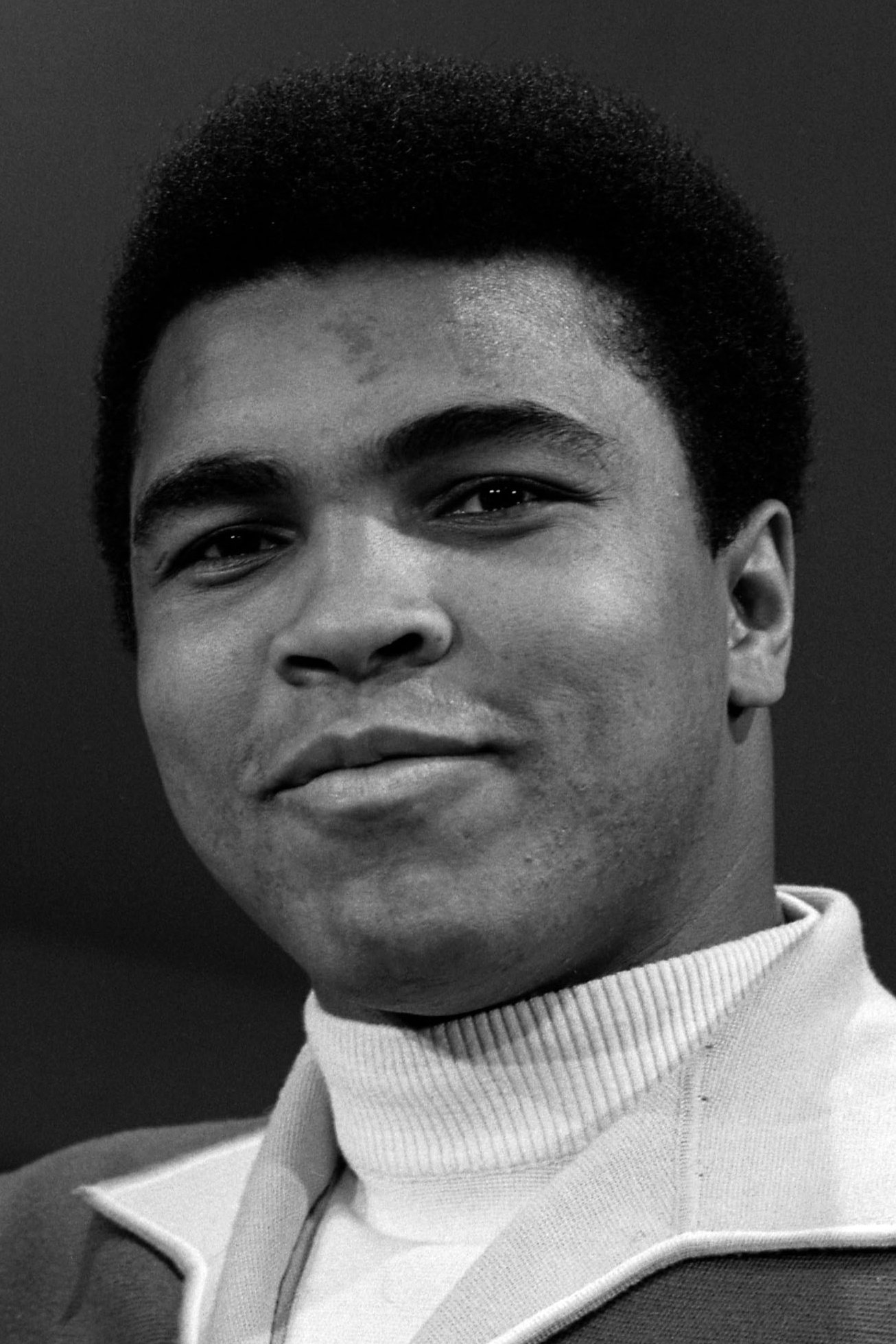 TMDb
TMDbHeavyweight boxing champion Muhammad Ali was diagnosed with Parkinson’s disease in the 1980s after retiring from professional boxing. He used his profile to raise awareness by attending lighting ceremonies, visiting hospitals, and supporting research events that brought global attention to the condition.
Ali and his family helped launch a center for Parkinson’s research and patient services in his name. The center provides programs for speech therapy, movement classes, and counseling that are tailored to common Parkinson’s challenges such as tremor, rigidity, and changes in voice.
Alan Alda
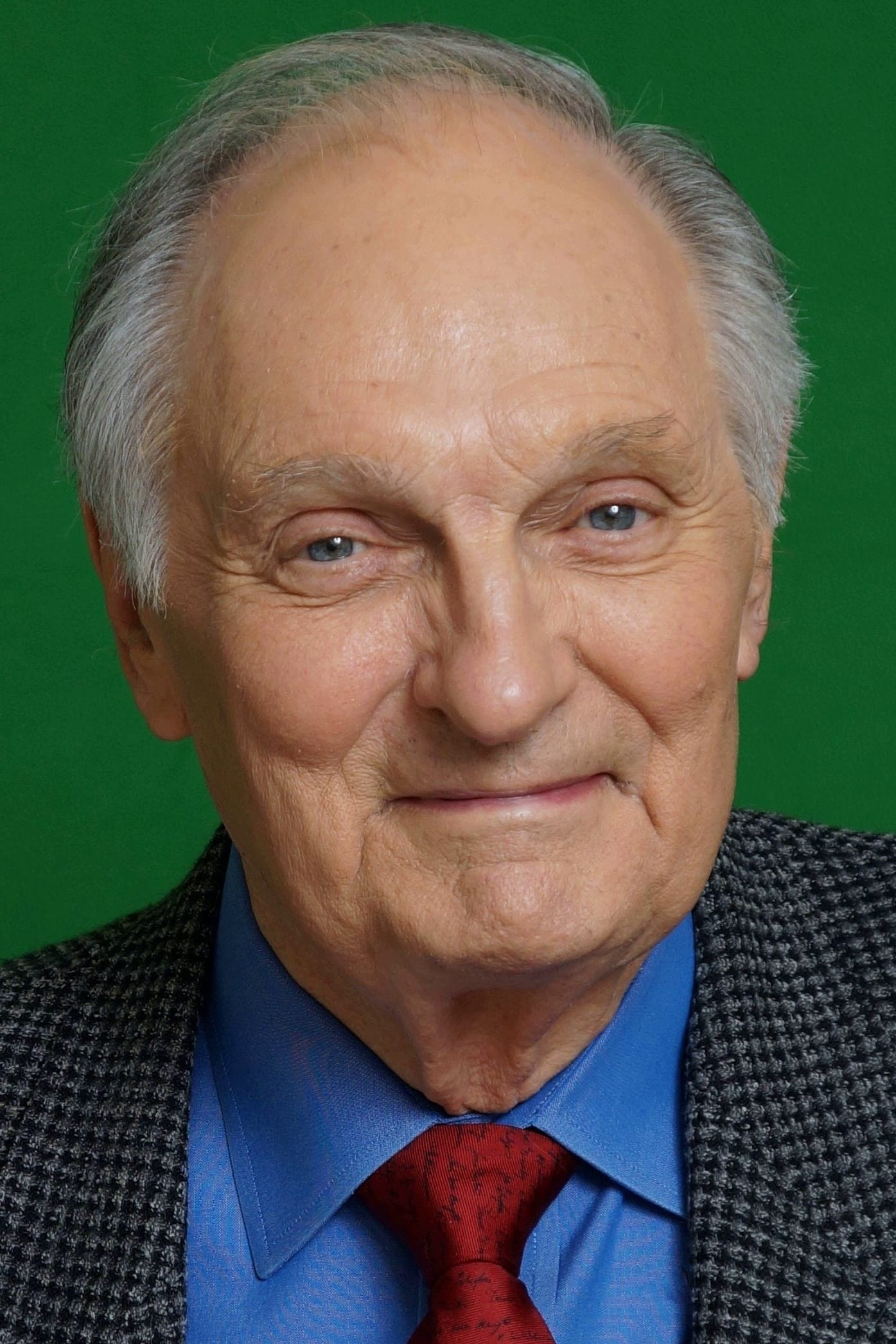 TMDb
TMDbActor and director Alan Alda, known for ‘MAS*H’, revealed his Parkinson’s diagnosis in 2018 after noticing a change in his physical movements on screen. He has described how small signs like acting out dreams and a subtle thumb twitch prompted medical evaluation and an early diagnosis.
Alda has spoken about using boxing style workouts, balance exercises, and tai chi to manage symptoms. He also shares communication techniques that can help people with Parkinson’s handle voice changes during everyday conversations and professional presentations.
Neil Diamond
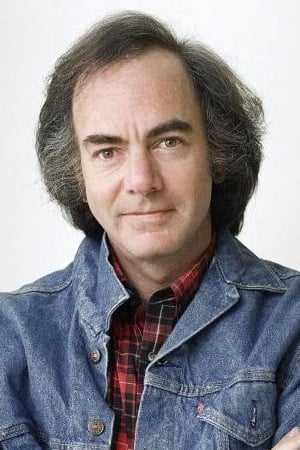 TMDb
TMDbSinger songwriter Neil Diamond announced his Parkinson’s diagnosis in 2018, which led him to retire from touring while continuing to write and record music. He adjusted his performance schedule and shifted to studio work that better matched his energy and symptom patterns.
Diamond has talked about symptom management through medication and lifestyle routines while emphasizing rest and careful planning around long rehearsals. His experience shows how artists can continue creative work by adapting schedules and performance settings.
Billy Connolly
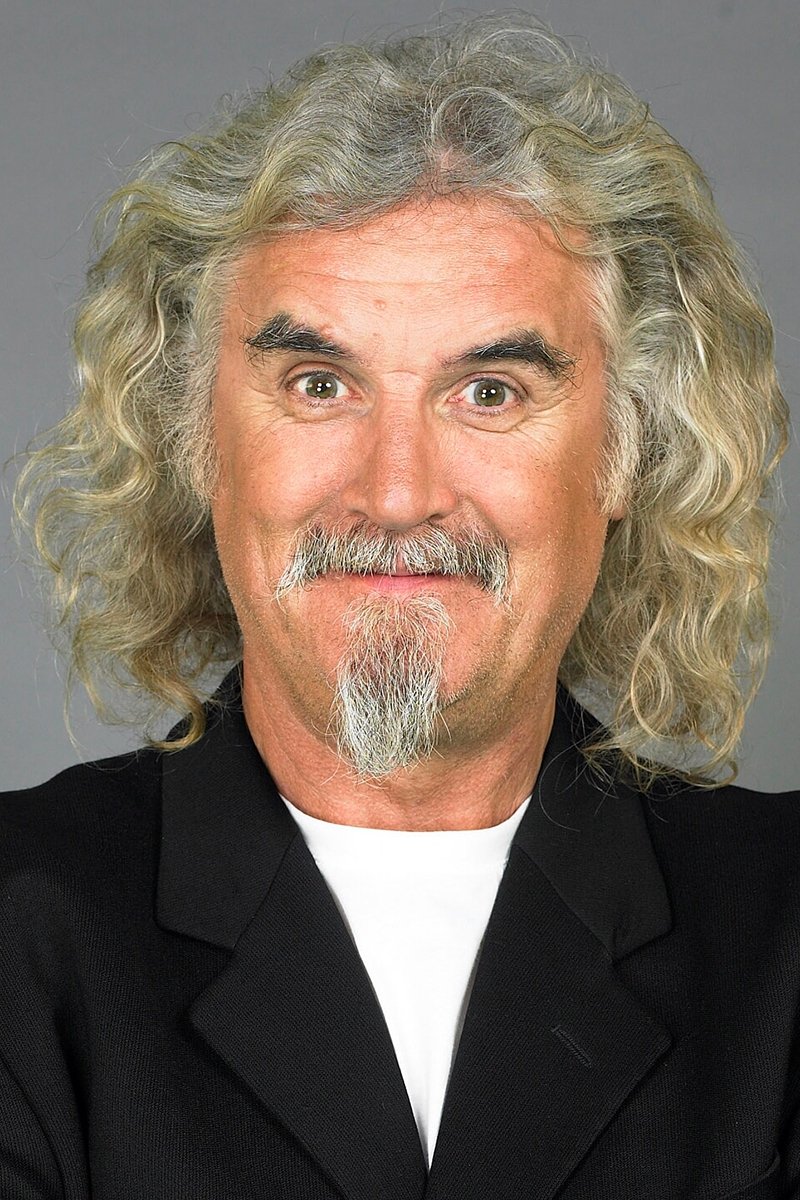 TMDb
TMDbScottish comedian Billy Connolly disclosed his Parkinson’s diagnosis in 2013. He continued performing stand up and appearing in television projects while also sharing practical details about how symptoms affected pacing and stage movement.
Connolly has supported charities that fund research and patient services. He often discusses voice exercises and the benefit of shorter sets, seated performances, and travel plans that reduce fatigue during tours.
Jesse Jackson
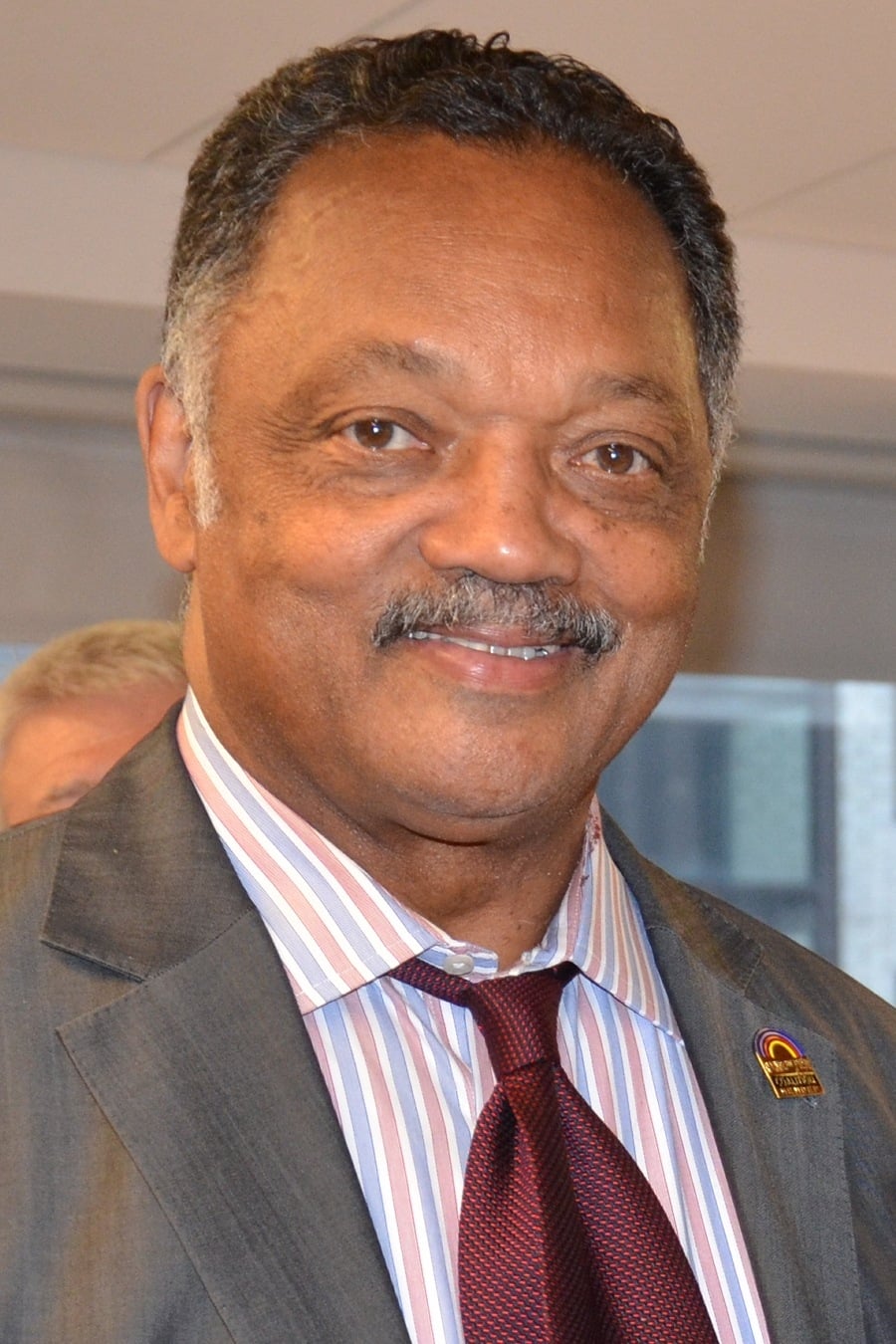 TMDb
TMDbCivil rights leader Jesse Jackson revealed his Parkinson’s diagnosis in 2017. He remained active in public speaking and community events while undergoing therapy focused on gait, balance, and speech.
Jackson has used his platform to talk about access to care for underserved communities. He highlights the importance of neurologist visits, medication adherence, and support groups that address both motor and non motor symptoms such as sleep changes and mood.
Pope John Paul II
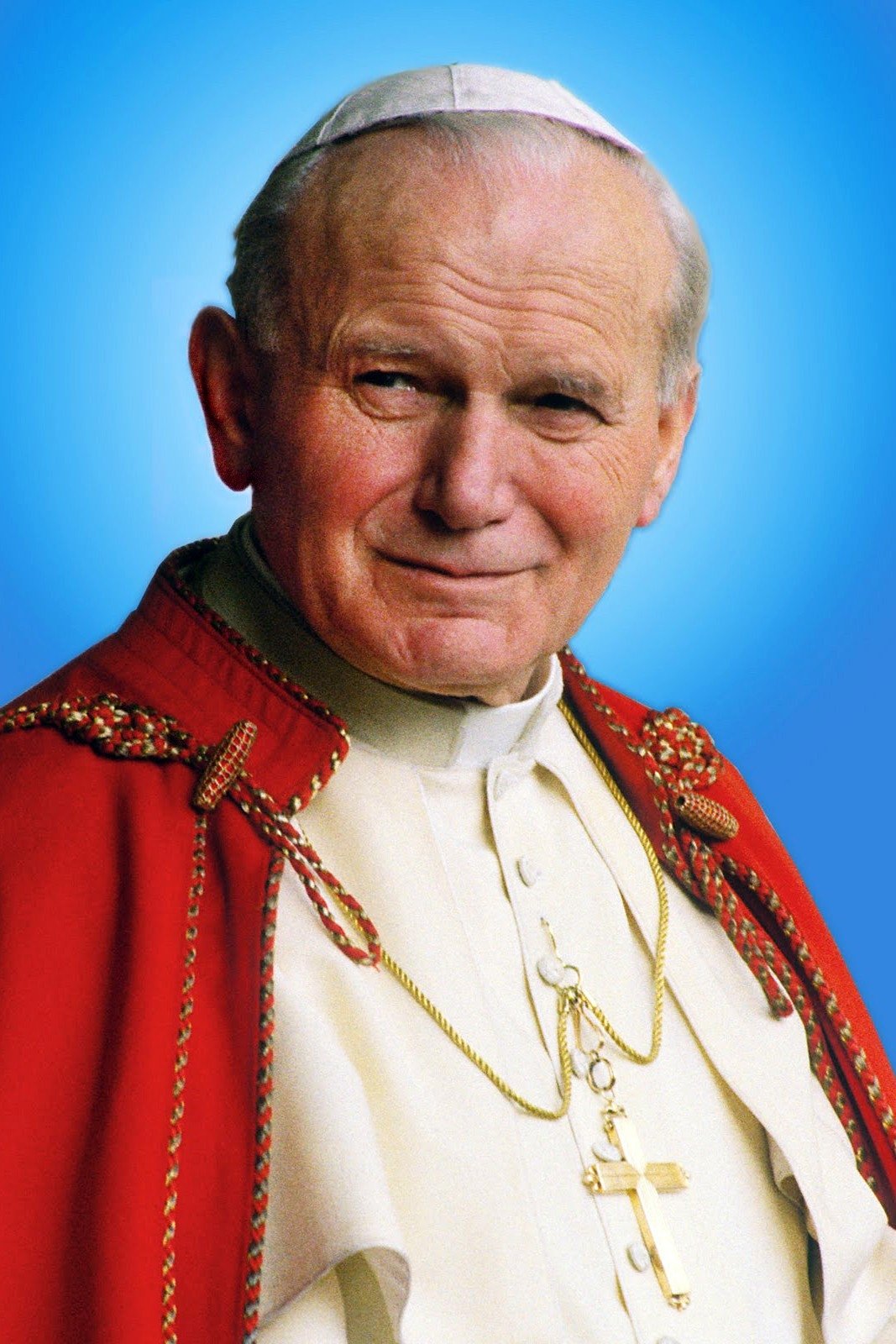 TMDb
TMDbPope John Paul II lived with Parkinson’s disease during the final years of his papacy. Observers noted visible tremors and mobility challenges as he continued his demanding schedule of public appearances and international travel.
The Vatican provided regular health updates that increased public understanding of Parkinson’s progression. His experience brought global visibility to assistive devices, caregiver support, and adaptive practices that allow people to remain active in leadership roles.
Pierre Trudeau
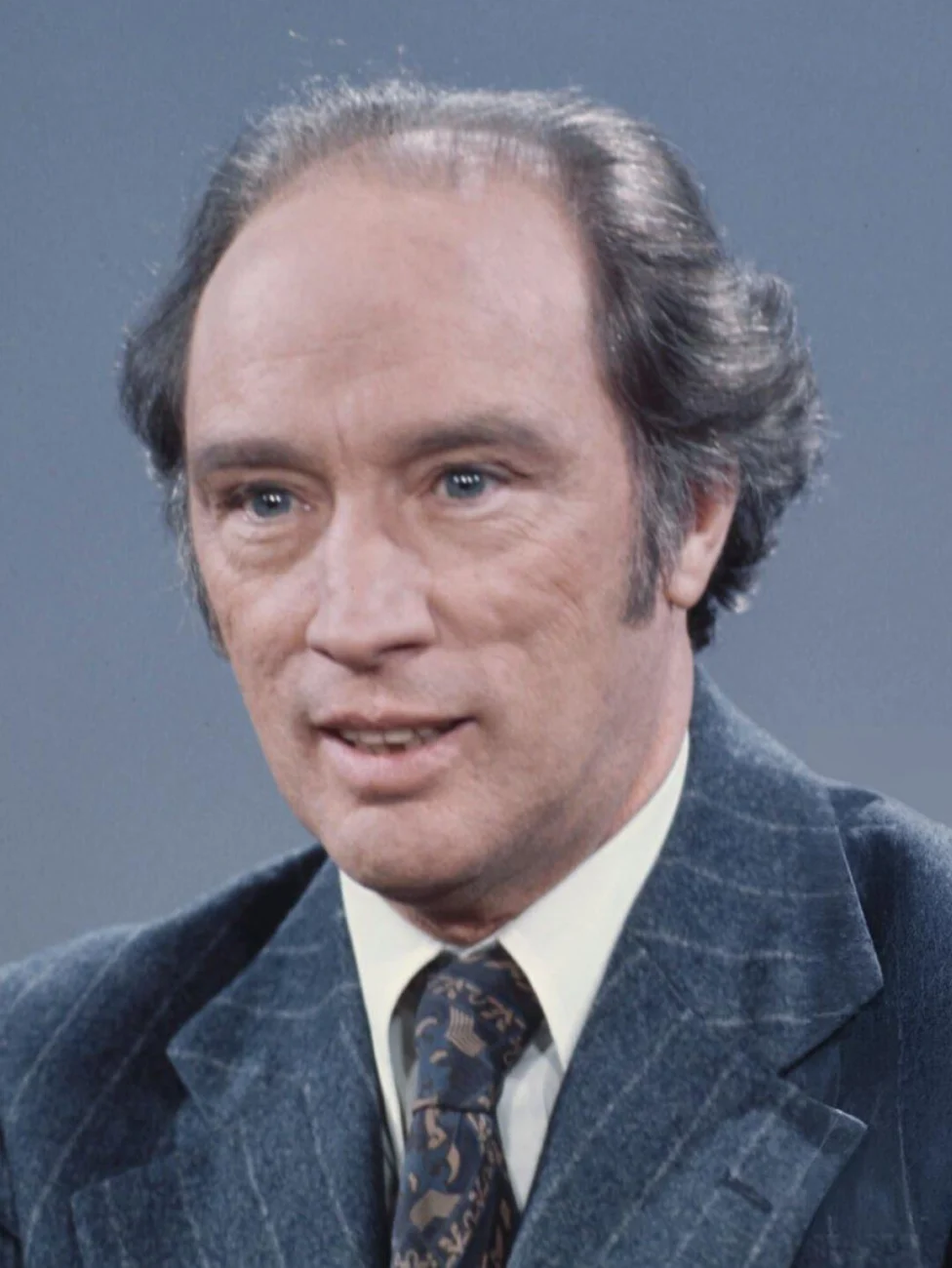 United Press International/Wikipedia
United Press International/WikipediaFormer Canadian prime minister Pierre Trudeau lived with Parkinson’s disease later in life. Reports on his condition documented changes in movement and facial expression typical of Parkinson’s while he continued to make select public appearances.
His case is often referenced in discussions about Parkinsonism in political leaders and how security, transportation, and speaking engagements can be adjusted to accommodate symptoms such as slowed movement and reduced arm swing.
Bob Hoskins
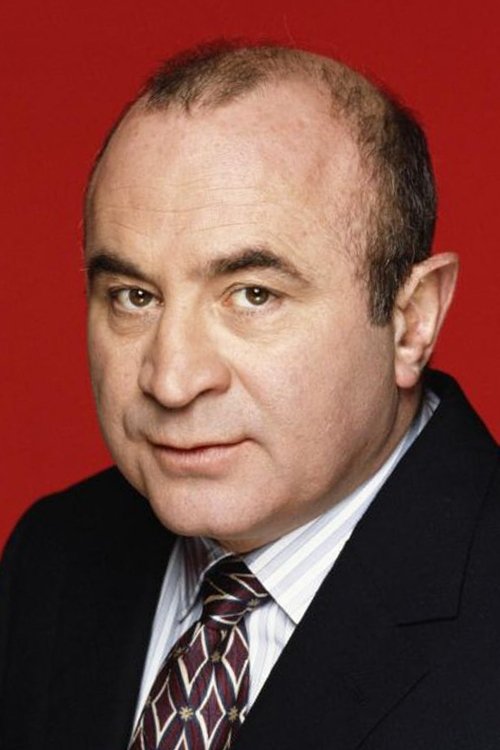 TMDb
TMDbActor Bob Hoskins retired from acting in 2012 after being diagnosed with Parkinson’s disease. He was known for films such as ‘Who Framed Roger Rabbit’, ‘Mona Lisa’, and ‘The Long Good Friday’ and chose to step back to focus on health and family.
Hoskins’ announcement included a brief description of symptoms and a plan to withdraw from future projects. His decision is frequently cited when discussing how performers weigh the demands of long shoots, travel, and complex action scenes against symptom management.
Ian Holm
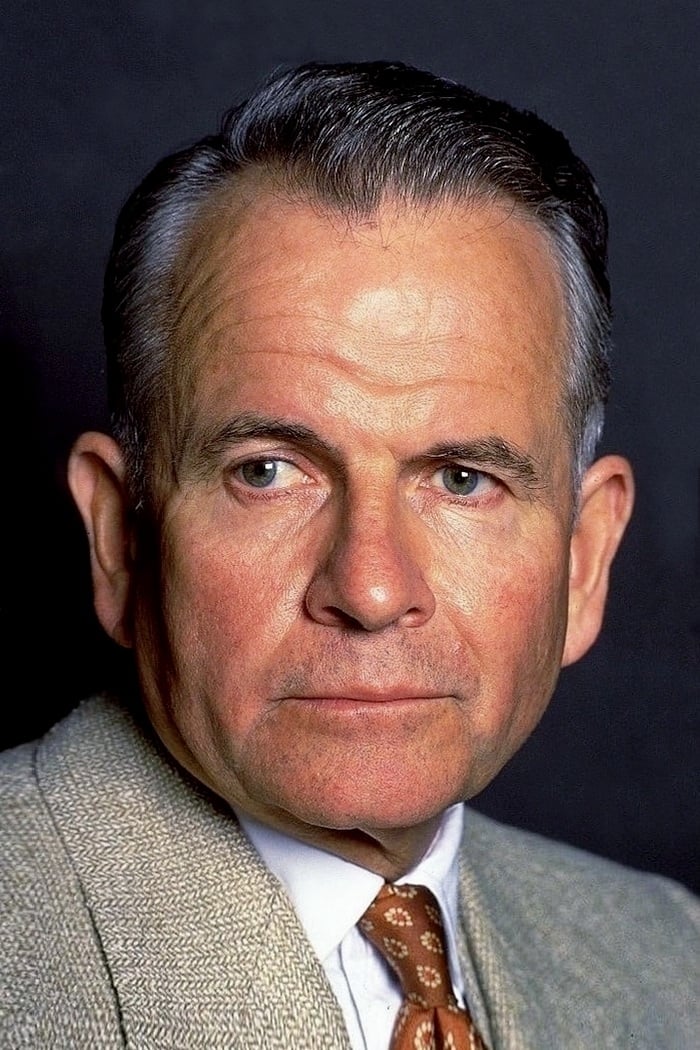 TMDb
TMDbActor Ian Holm, recognized for roles in ‘Alien’ and ‘The Lord of the Rings’ films, had Parkinson’s disease. His later career included voice work and select appearances that fit around changing mobility and stamina.
Accounts of his condition emphasized the usefulness of flexible schedules, shorter workdays, and roles that allow adjustments to blocking and camera setups. These accommodations can make continued participation in film and television sets more feasible for people with Parkinson’s.
Maurice White
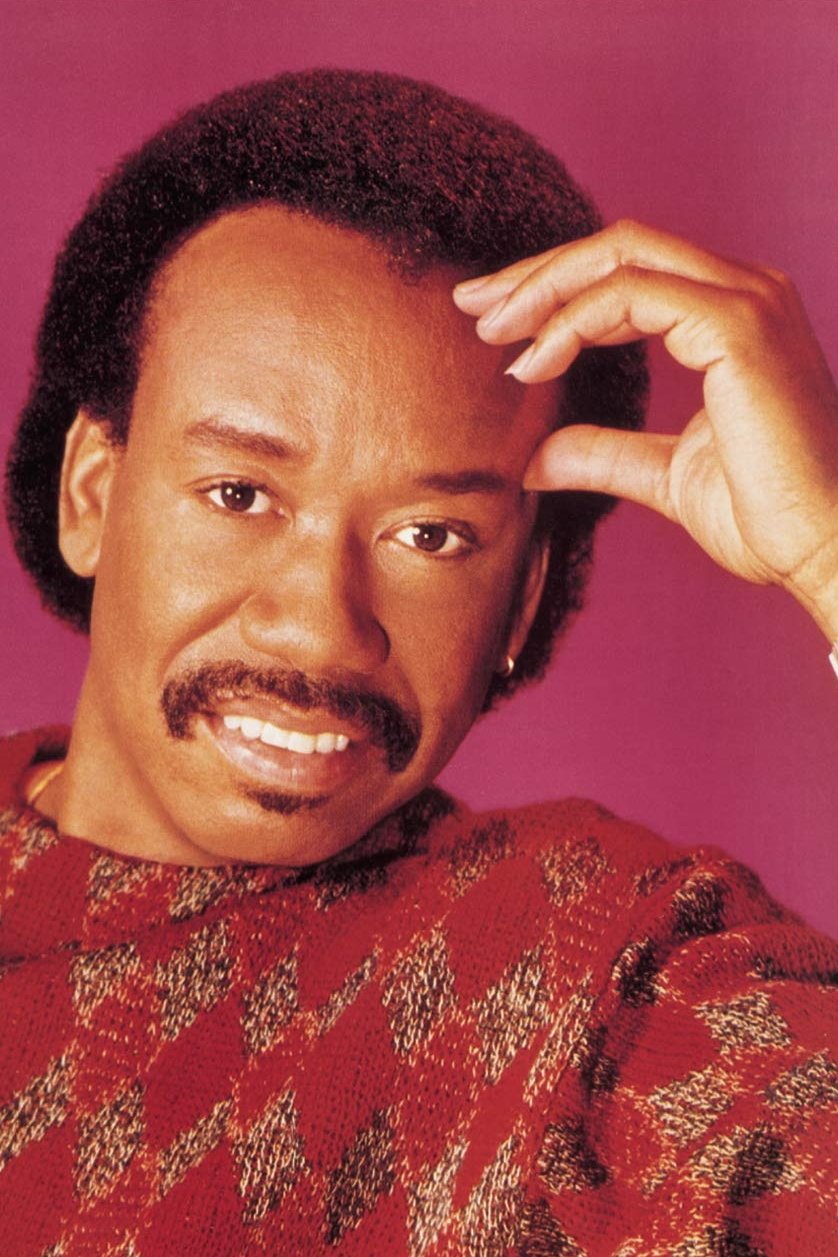 TMDb
TMDbMaurice White, founder of Earth Wind and Fire, was diagnosed with Parkinson’s in the late 1980s. He shifted from touring to studio production as symptoms progressed but remained a creative force behind the band’s recordings.
White’s transition shows how musicians can continue composing and producing with modifications to travel and performance routines. Studio environments with seated workstations and controlled schedules can help manage tremor and rigidity during long sessions.
Brian Grant
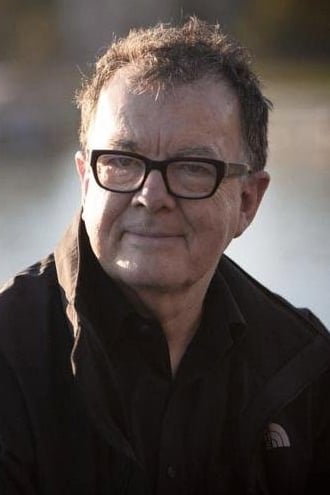 TMDb
TMDbFormer NBA player Brian Grant was diagnosed with young onset Parkinson’s disease in 2008 after an eleven year career on multiple teams. He created a foundation that offers exercise programs, nutrition guidance, and community events for people living with Parkinson’s.
Grant’s programs provide practical resources such as boxing inspired workouts, cycling groups, and meal planning that supports medication timing. The foundation also funds education about depression and anxiety, which commonly accompany Parkinson’s.
Davis Phinney
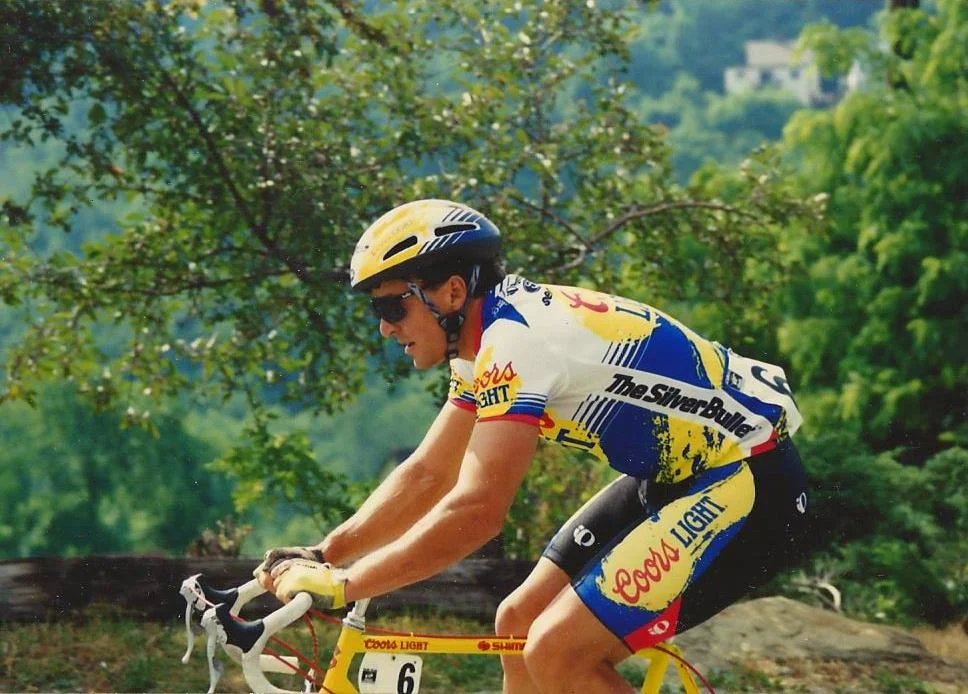 Joe Papp/Wikipedia
Joe Papp/WikipediaOlympic medalist and professional cyclist Davis Phinney was diagnosed with young onset Parkinson’s disease in 2000. He founded an organization focused on helping people live well with Parkinson’s through practical tools, webinars, and exercise resources.
His group promotes cycling programs, physical therapy tips, and symptom tracking worksheets. It also offers materials on speech therapy and strategies for improving daily routines such as using metronome beats for walking cadence and voice amplifiers for public speaking.
Richard Lewis
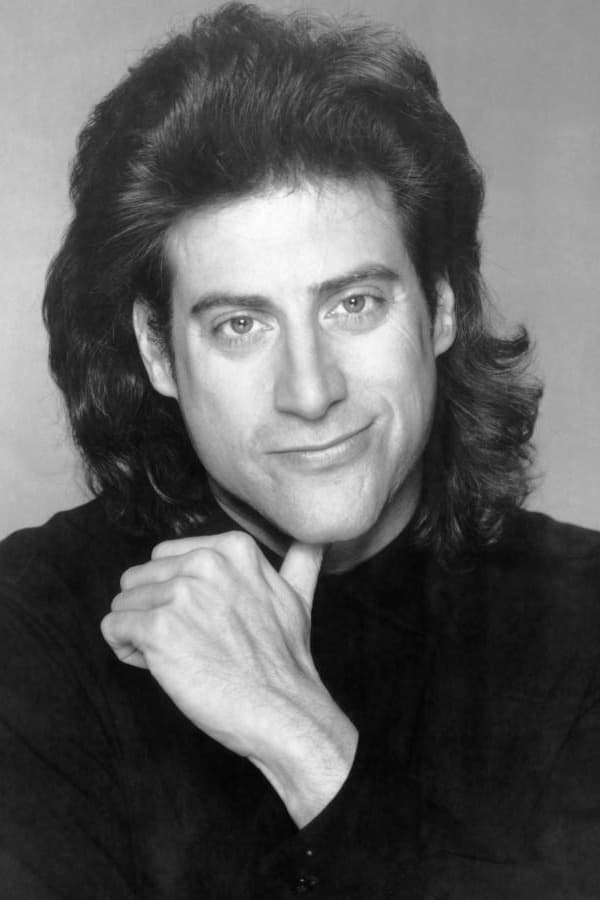 TMDb
TMDbComedian and actor Richard Lewis announced his Parkinson’s diagnosis in 2023. He shifted away from stand up while continuing work on the TV series ‘Curb Your Enthusiasm’, choosing roles and schedules that suited changing energy levels.
Lewis has discussed medication management and rest planning and has encouraged regular neurologist checkups. He highlights how transparency with collaborators helps schedule rehearsals, table reads, and scene blocking that reduce stress and fatigue.
Jeremy Paxman
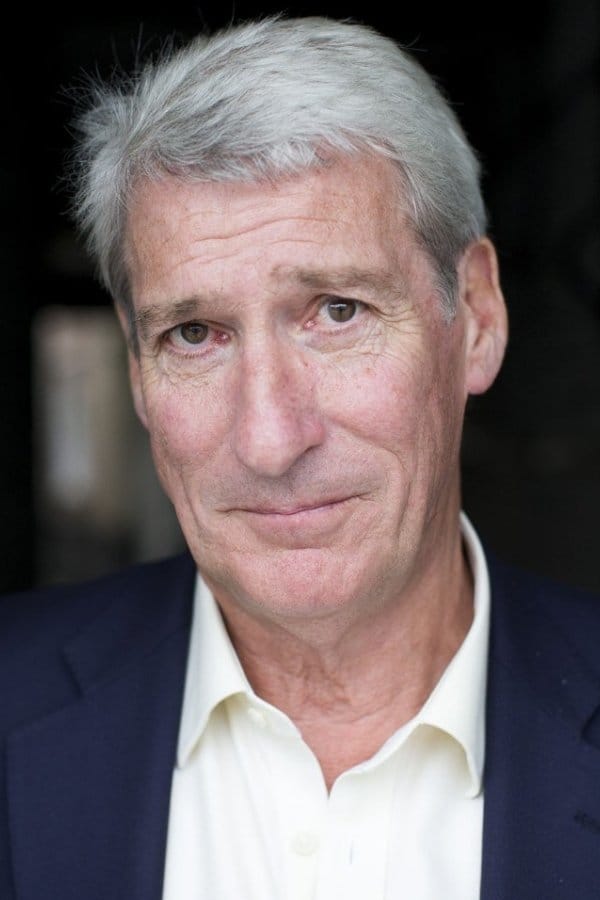 TMDb
TMDbBritish broadcaster Jeremy Paxman disclosed his Parkinson’s diagnosis in 2021. He presented a documentary that followed his experience with symptoms, medical consultations, and therapy options, giving viewers a detailed look at daily management.
Paxman’s coverage included sessions with physiotherapists and speech therapists and demonstrations of exercise routines designed for balance and posture. He also showed how handwriting practice and smartphone reminders can help with fine motor changes and routine tasks.
Valerie Perrine
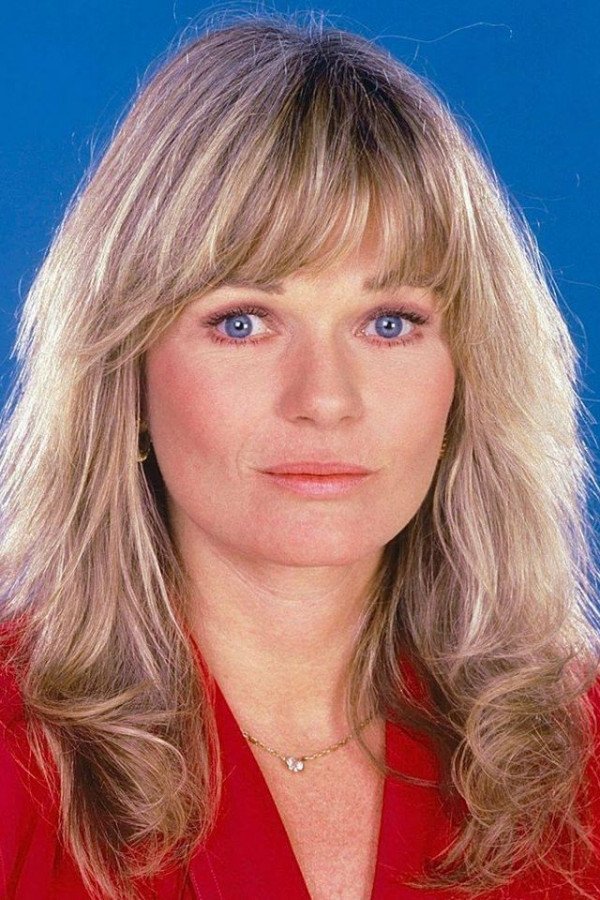 TMDb
TMDbActress Valerie Perrine, known for ‘Superman’ and ‘Lenny’, has lived with Parkinson’s disease for many years. She has participated in awareness efforts that describe the financial and caregiving challenges families face as symptoms progress.
Perrine’s experience points to the value of home modifications such as grab bars and non slip flooring and the role of visiting nurses and physical therapists. These practical changes can reduce fall risk and support independence at home.
Michael R. Clifford
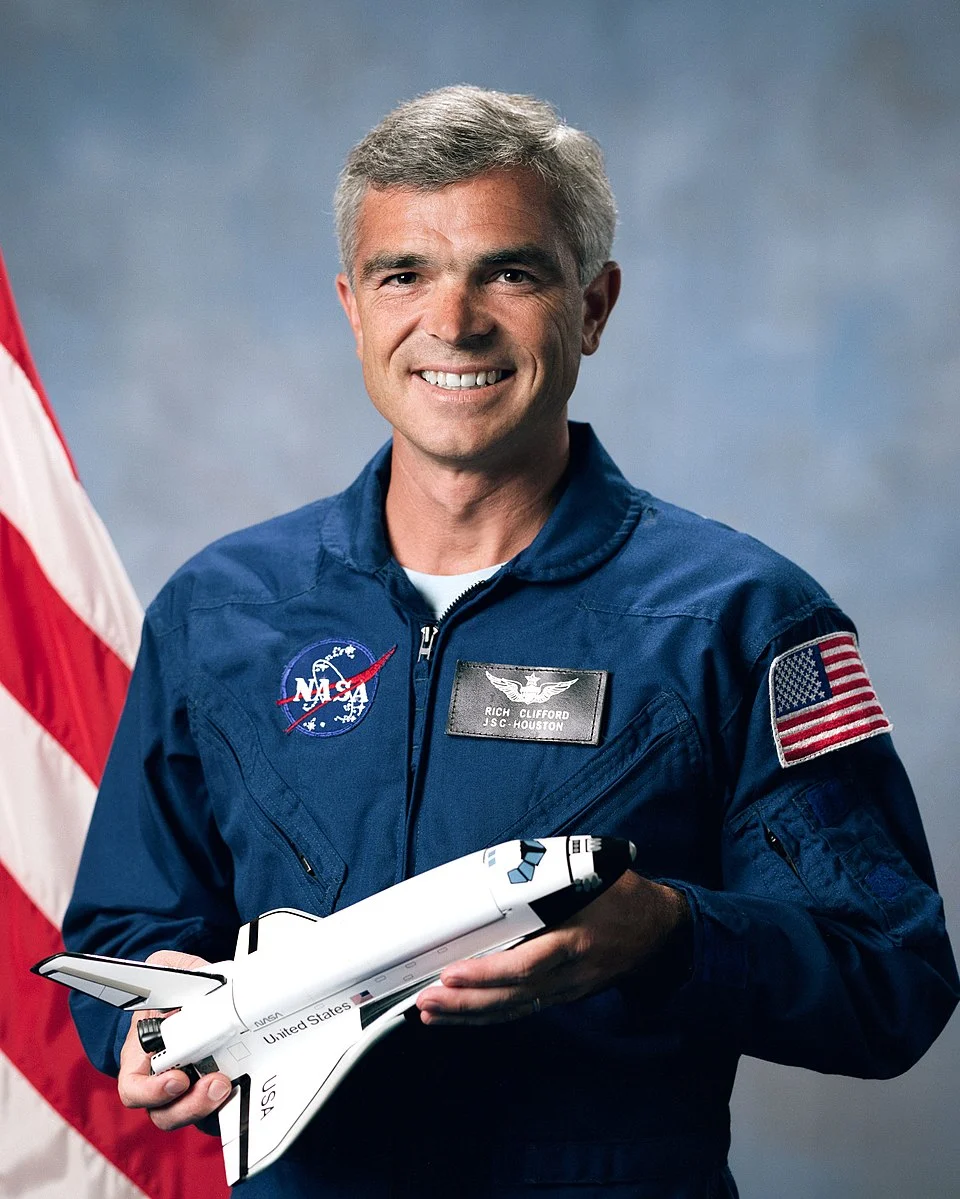 NASA/Wikipedia
NASA/WikipediaNASA astronaut Michael R. Clifford was diagnosed with Parkinson’s disease in the 1990s and still flew a Space Shuttle mission after his diagnosis. He later became an advocate, speaking about medical evaluations, flight readiness standards, and working with a chronic condition.
Clifford emphasized the importance of honest communication with employers, documented treatment plans, and regular fitness assessments. His example is often cited in discussions about safety sensitive jobs and reasonable accommodations under workplace policies.
Billy Graham
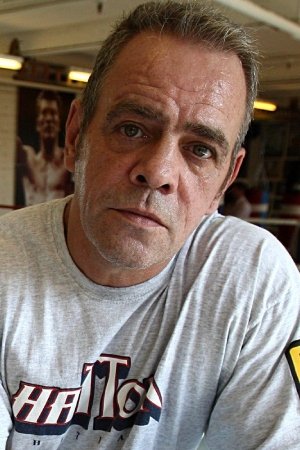 TMDb
TMDbEvangelist Billy Graham was diagnosed with Parkinson’s disease in the 1990s. He continued limited public appearances while adjusting travel and event schedules to accommodate changing mobility and fatigue.
Graham’s organization described how caregiving support and assistive devices like wheelchairs and walkers helped maintain participation in events. His case is frequently referenced when planning large gatherings that require smooth backstage access and quiet rest areas.
Paul Sinha
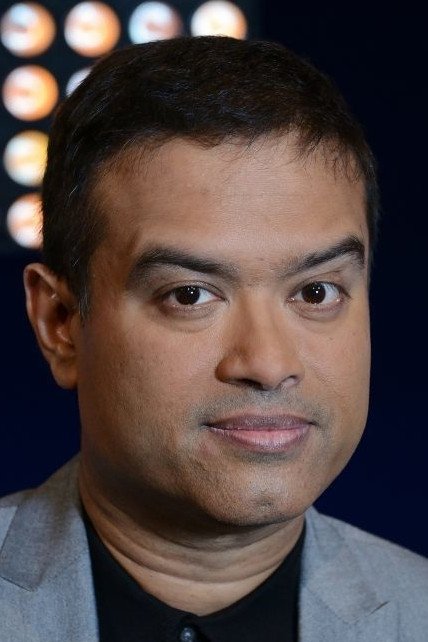 TMDb
TMDbComedian and quiz show personality Paul Sinha announced his Parkinson’s diagnosis in 2019. He continued performing stand up and appearing on the TV program ‘The Chase’ with careful attention to medication timing and rehearsal planning.
Sinha has discussed the value of physical training and memory exercises for on camera work. He also describes practical steps for performers such as using autocue tools, building in extra time for travel between venues, and keeping a symptom diary to share with clinicians.
Share your thoughts in the comments about which stories you found most informative and who else you think should be included.

.jpeg)


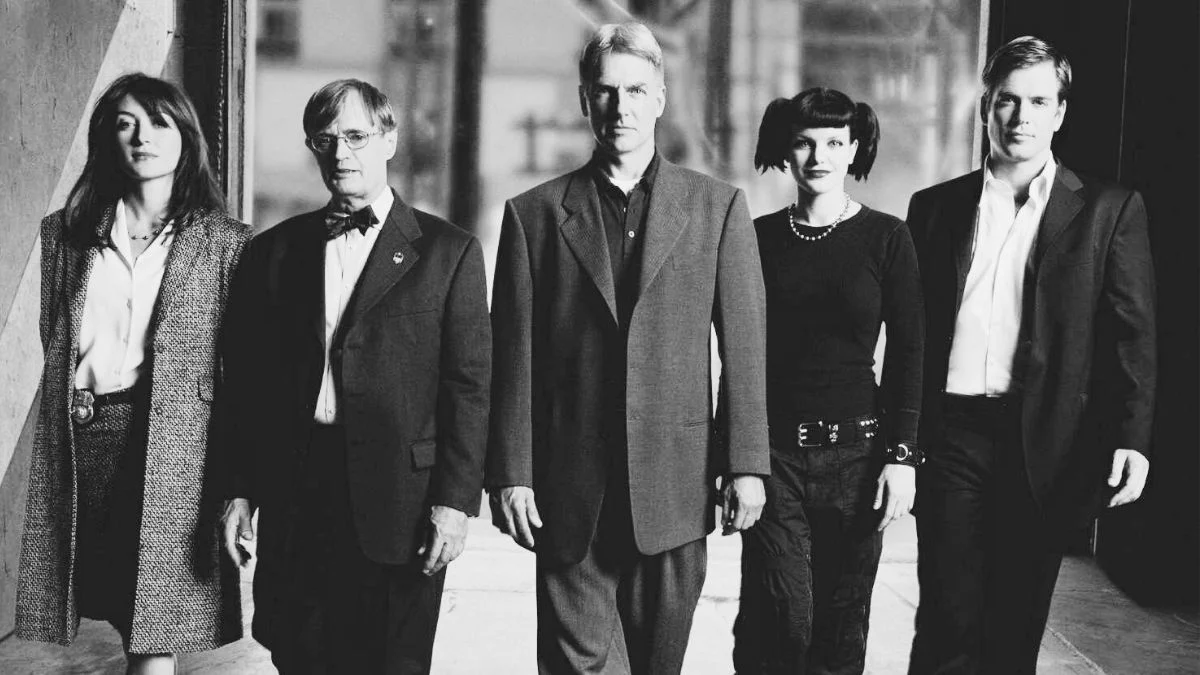









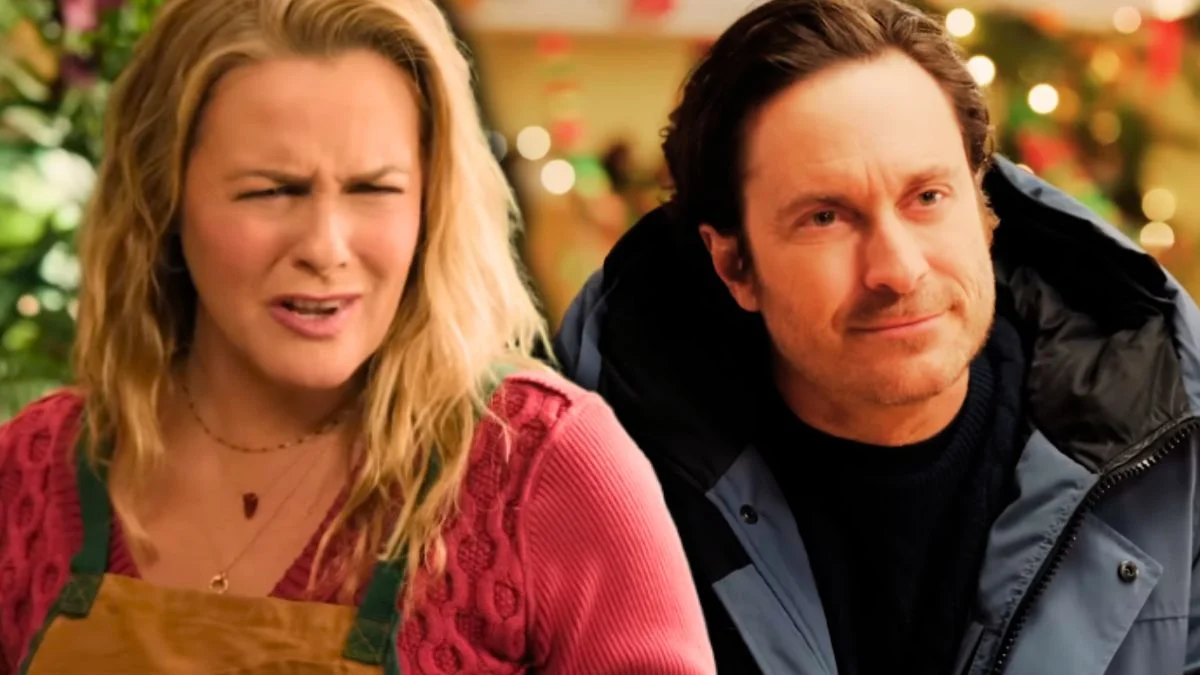
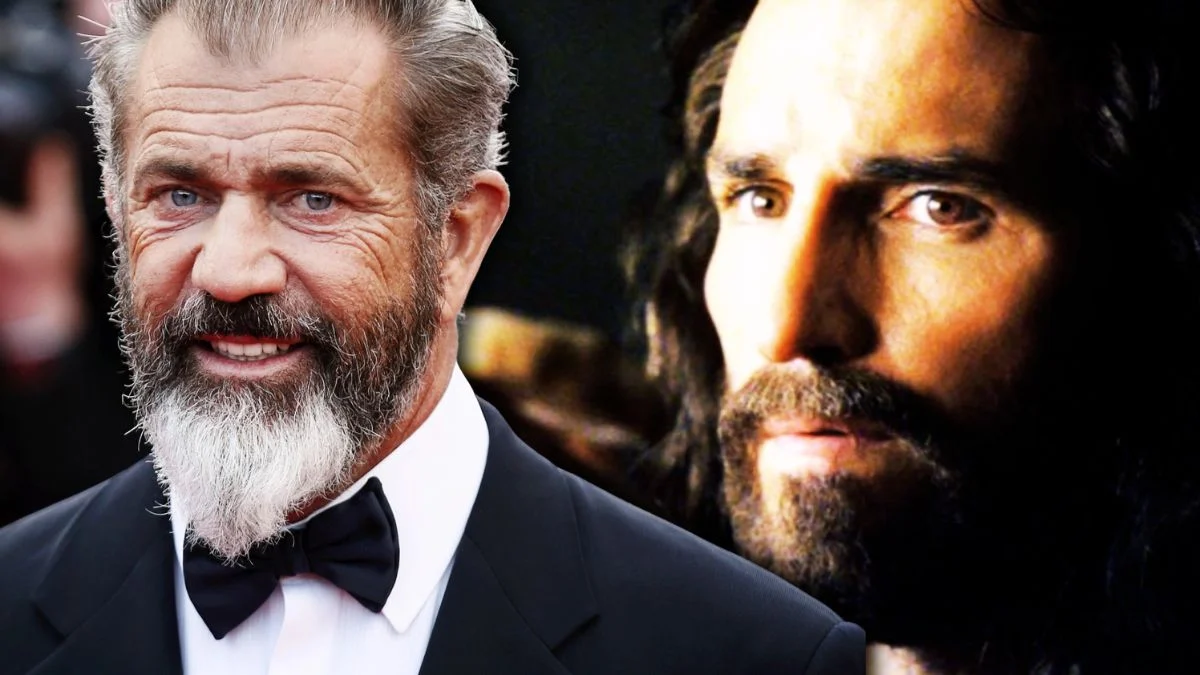




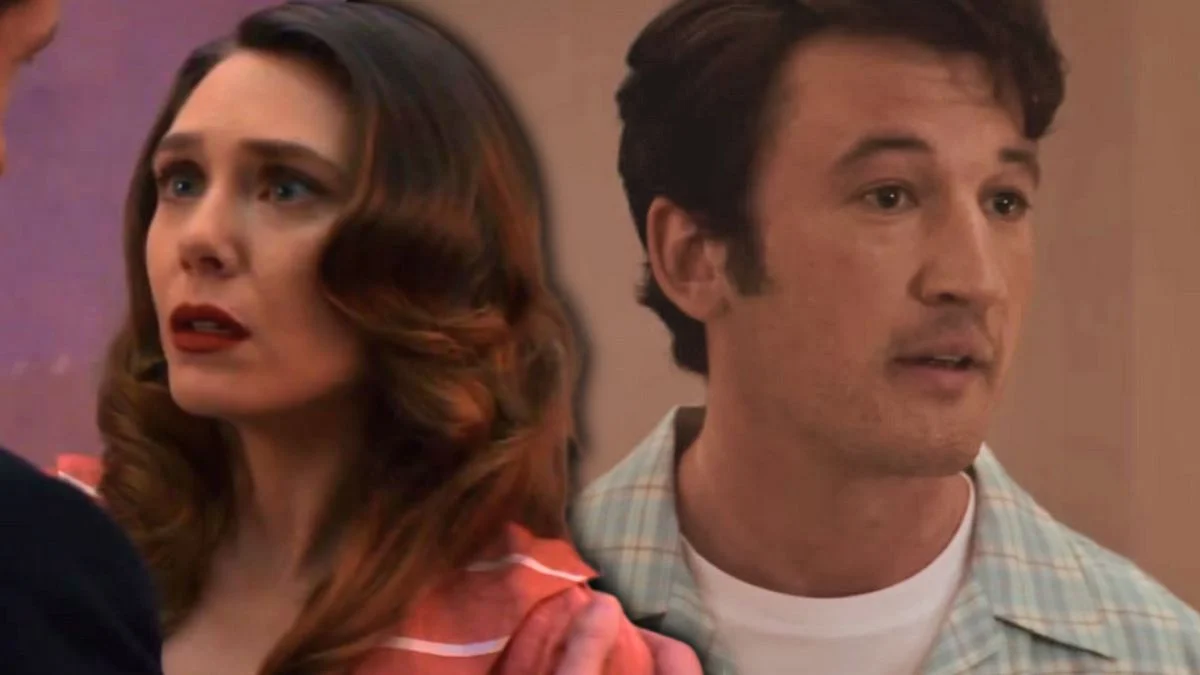




.jpeg)













 English (US) ·
English (US) ·